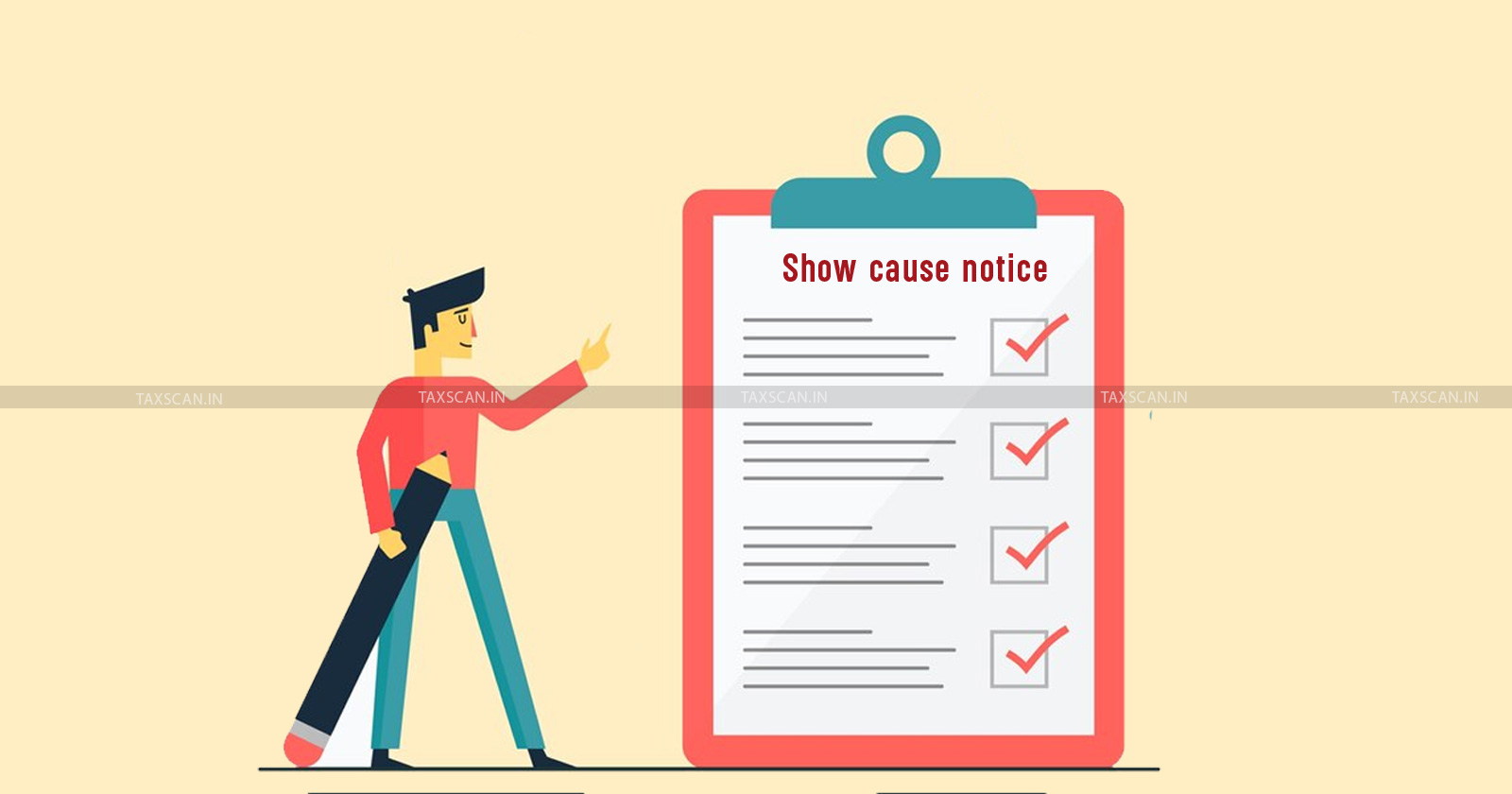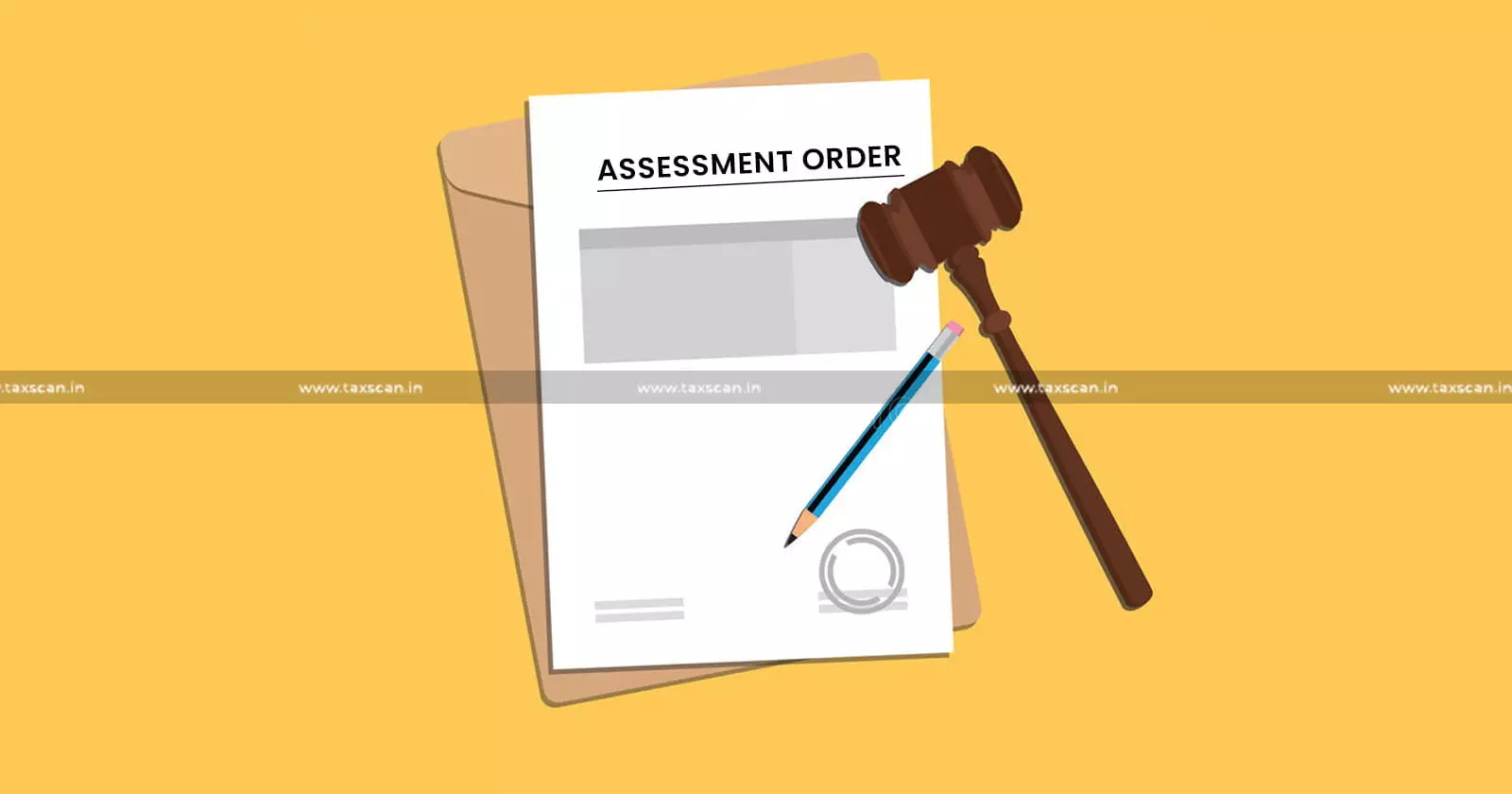Rule 86-A of CGST Rules Can’t Be Invoked to Block ITC When Electronic Credit Ledger Shows Nil Balance: Bombay HC bars “Negative Blocking“ [Read Order]
Bombay High Court rules that Rule 86-A of the CGST Rules cannot be used to block Input Tax Credit when the Electronic Credit Ledger shows a nil balance.
![Rule 86-A of CGST Rules Can’t Be Invoked to Block ITC When Electronic Credit Ledger Shows Nil Balance: Bombay HC bars “Negative Blocking“ [Read Order] Rule 86-A of CGST Rules Can’t Be Invoked to Block ITC When Electronic Credit Ledger Shows Nil Balance: Bombay HC bars “Negative Blocking“ [Read Order]](https://images.taxscan.in/h-upload/2025/10/15/2096959-bombay-hc-rule-86a-cgst-itc-blocking-case-gst-ruling-electronic-credit-ledger.webp)
In a recent judgment, the Bombay High Court held that Rule 86-A of the Central Goods and Services Tax (CGST) Rules cannot be invoked to block Input Tax Credit (ITC) when the Electronic Credit Ledger has a nil balance.
Rawman Metal & Alloys, a proprietary concern based in Mumbai, filed a writ petition challenging an order dated 9 December 2024 passed by the Deputy Commissioner of State Tax, Thane, under Rule 86-A of the CGST Rules. By this order, the officer blocked the petitioner’s ITC amounting to Rs. 12,84,273 in the Electronic Credit Ledger on the allegation that the credit was fraudulently availed or ineligible.
The petitioner’s counsel, Mr. Parmeet Singh, argued that on the date the blocking order was issued, the balance in the Electronic Credit Ledger was nil. He submitted that Rule 86-A allows blocking only of credit actually available in the ledger and not of any future or non-existent credit.
Practical Case Studies in Forensic Accounting & Corporate Fraud Investigation - CLICK HERE
 Also Read:Authorities Cannot Skip Mandatory Pre-SCN Procedure: AP HC Rules Violation of GST Rule 142(1A) Makes Proceedings Void [Read Order]
Also Read:Authorities Cannot Skip Mandatory Pre-SCN Procedure: AP HC Rules Violation of GST Rule 142(1A) Makes Proceedings Void [Read Order]
The State’s counsel, Ms. Chavan, argued that restricting the scope of Rule 86-A only to available credit would defeat the purpose of the rule. She submitted that the rule was meant to prevent misuse of fraudulently obtained ITC and that limiting its application would make it ineffective.
The counsel relied on the Calcutta High Court’s decision in Basanta Kumar Shaw v. Assistant Commissioner of Revenue, which upheld a broader interpretation of Rule 86-A, allowing authorities to block ITC to the extent of the amount fraudulently availed, even if the ledger balance was nil.
The Division Bench of Justices M.S. Sonak and Advait M. Sethna observed that Rule 86-A explicitly refers to “credit of input tax available in the Electronic Credit Ledger.” The court explained that the power to block credit arises only when such credit is actually available, not when the balance is nil.
The court pointed out that tax provisions must be strictly interpreted, and legislative intent cannot override the clear language of the rule. The court agreed with the view taken by the Gujarat, Telangana, and Delhi High Courts and declined to follow the Calcutta High Court’s approach because it relied too much on presumed legislative intent rather than the rule’s plain wording.
 Also Read:Madras HC Quashes Consolidated GST Order for Multiple Years, Says Each Year Requires Separate Notice and Assessment [Read Order]
Also Read:Madras HC Quashes Consolidated GST Order for Multiple Years, Says Each Year Requires Separate Notice and Assessment [Read Order]
Affective Ways Of Tax Planning for HUF, Partnership Firm and Will - CLICK HERE
The court also observed that allowing “negative blocking,” that is, blocking of future or non-existent ITC, would go beyond the authority conferred by Rule 86-A. It explained that while authorities may block ITC available at the time of the order, they cannot extend this to future credits that may be lawfully earned.
The court held that the officer had no jurisdiction to invoke Rule 86-A when the ledger showed a nil balance. It quashed and set aside the order and directed restoration of the blocked ITC of Rs. 12,84,273 within fifteen days.
The writ petition was accordingly allowed.
Support our journalism by subscribing to Taxscan premium. Follow us on Telegram for quick updates


